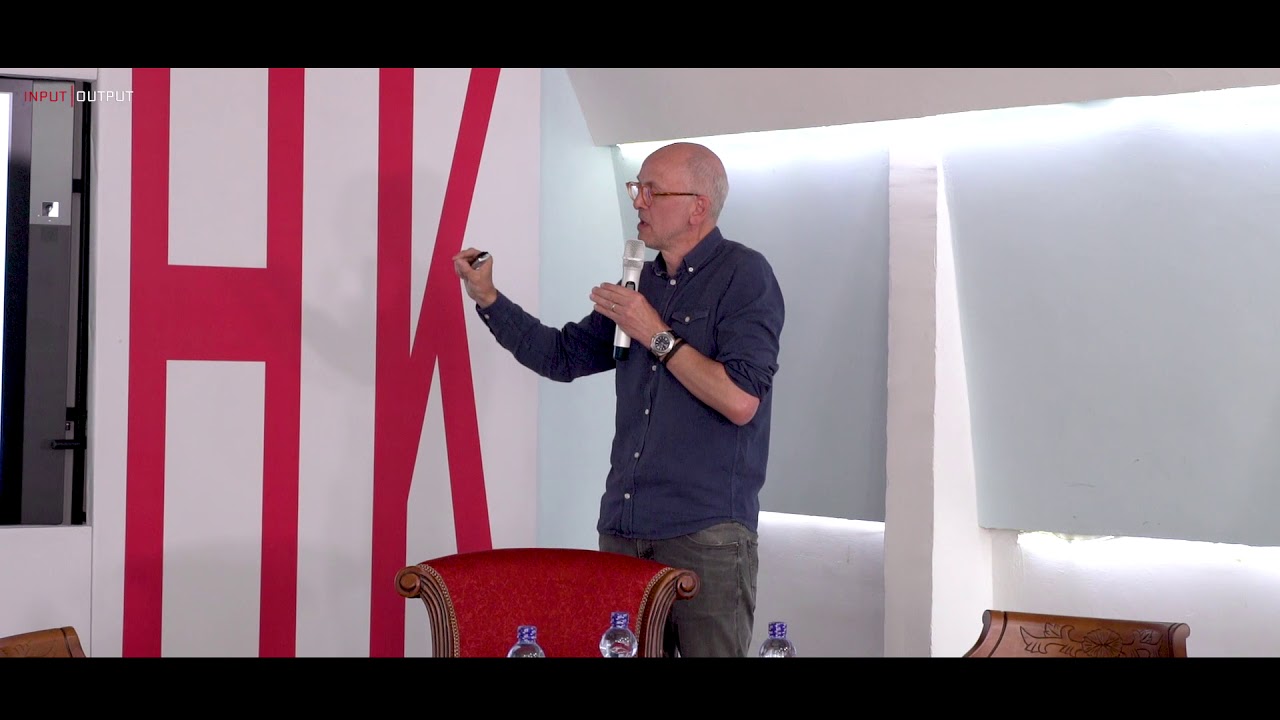Hi Ken,
I didn´t sleep yesterday, so this might be totally wrong, but will still try to follow your thought process 
There will be all sorts of stable tokens spreading over the Cardano Blockchain, even existing ones and future ones. BTC will also come to the Cardano Blockchain. It´s all possible via the sidechains capability.
ADA will remain the fuel for the infrastructure mainly for staking & transaction costs.
As the Cardano Ecosystem is gaining adoption and the frequency of transactions will start to rise it will go on a strong delflationary path.
On a Web 2.0 analogy think about it as ADA will be the token, which you use to pay for Internet Data, while all other Tokens will be on top of it the various Internet Applications you might be paying for today (such as Netflix Online, eBanking, Dating App, Job Search App, eCommerce, etc.).
Cardano will defacto be like a global Telecom company today, providing you the very essential infrastructure to the Internet (well eventually to the Web 3.0 secure value network), while you will have all sorts of DAPPs using their own Token, Stable Tokens to provide a set of use cases and value proposition. For many DAPPs ADA will be also a sufficient solution, where the inflationary nature of the Token is not an issue.
Now imagine if today there was no Internet, and there would be a startup company with limited number of tokens, which will give you access to the Internet. Today there is approx. 600b USD per year revenue for the global internet service providers from selling data, which is still increasing (and will keep doing so with IoT & 5G on the horizon).
We should assume that the value networks, value flows on top of a Blockchain Infrastructure / Web 3.0 will be able to pay off at least as much infrastructure costs as the Web 2.0 Apps are doing. Eventually because you might have all the various types of assets, financial instruments in the World digitalized and all the value moving here it should be significantly more.
Nevertheless if you have a demand for 600b USD of ADA Tokens on a yearly basis, thats a demand (not price!) of almost 25 USD per ADA token per year. It´s more complex to calculate what this would mean for the price perspective, as this is a demand per year KPI and not everything would be in circullation / no 100% liquidity (due to staking and other reasons). We could maybe calculate with a 20 years lifespan of the Cardano Blockchain (Charles was mentioning 50 years though). But you can get an idea what to expect if everything goes according to the plan…
Add to this the demand on ADA which would not come from Web 3.0 infrastructure but other use of the token, such as value store, currency & value / utility token in DAPP apps.
Obviously there will be lot of other “Internets”, Blockchain infrastructures, where certain Use Cases will find different parameters to be much more adventegous & beneficiary to rely on so not everything will fit the Cardano Ecosystem. So the deman will be possibly less. Who knows 
Still looking at Cardano as having the potential to become one of the leading Web 3.0 infrastructure providers, this is very attractive proposition.
I believe in the end there will be maybe max. 10 various public Blockchains, cryptocurrencies who provide general Web 3.0 infrastructure access. Well maybe even less. We should have approx. as many as leading infrastructure services (IaaS) cloud providers we have. There are a few global ones (AWS, Azure, Google, …) and couple of local ones on a country basis. I would estimate that Cardano would capture at least 10-20% of the global market.
So you could weight my previous calculation with this, but it doesn’t really make sense as the size of this market is still hard to estimate, that was an analogy and I believe it’s much bigger.
What you think? Does this sound logical?
Cheers

